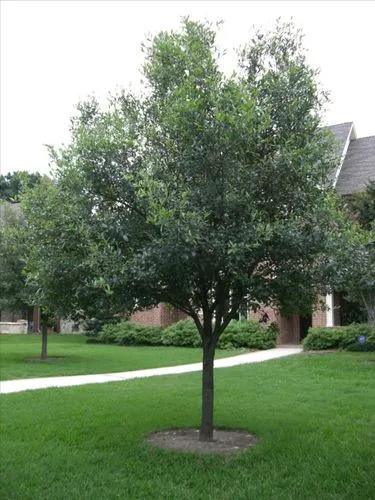Pinus rigida, the pitch pine, is a small-to-medium-sized (6–30 m or 20–98 ft) pine. It is native to eastern North America, from central Maine south to Georgia and as far west as Kentucky, and in two pockets along the St. Lawrence River in southern Quebec and Ontario.
It is found in environments which other species would find unsuitable for growth such as acidic, sandy, and low nutrient soils. This species occasionally hybridizes with other pine species such as loblolly pine (Pinus taeda), shortleaf pine (Pinus echinata), and pond pine (Pinus serotina); the last is treated as a subspecies of pitch pine by some botanists.










